You’d Never See These Bizarre Accessories In Today’s Cars
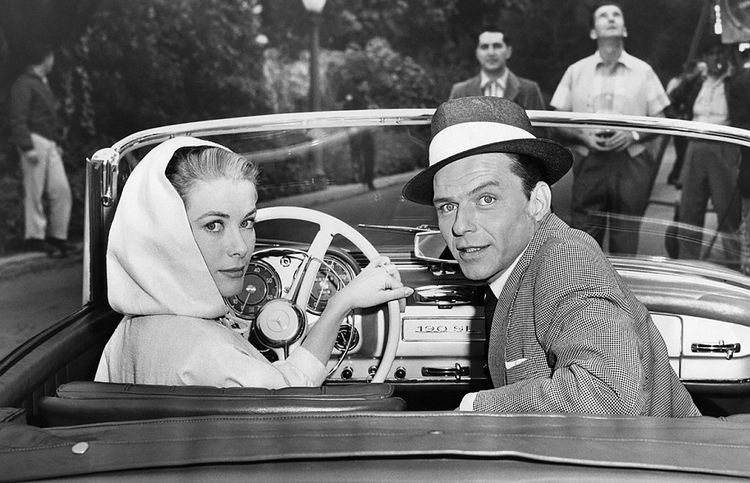
Today’s motorists take safety, reliability, and comfort for granted. The modern vehicle is an incredible piece of machinery, but it wasn’t always like that. In the past, drivers spent their hard-earned cash on car accessories to make their lives easier and more enjoyable.
From record players to vacuum cleaners, you can credit General Motors and other manufacturers for thinking outside the box when it comes to these vintage auto add-ons. You may remember some of these cool gadgets and accessories from years gone by that now only live in our memories…
Rear-Facing Seats

Rear-facing seats were introduced in 1978 in vehicles such as minivans and SUVs, followed by station wagons. They were a fun addition for long road trips or eye contact during a conversation with passengers. This isn’t available in every car today, but it’s an option for Mercedes-Benz and Tesla.
They also had driver-side swivel seats that turned towards the door to make getting out easier. Side-by-side seats were popular in the 1950s and ’60s for larger families. The idea was that it would be easier to keep an eye on children if they were seated next to each other.
Remington Electric Shaver
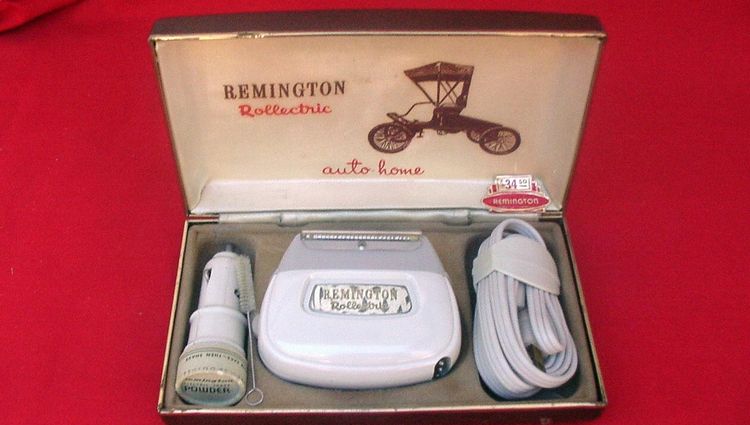
This Remington electric shaver was adapted for car use in the mid-1950s and was sold with Pontiac cars. GM thought that the shaver would be a useful accessory for traveling salesmen that were in “stubble trouble.”
As a quick and easy alternative, the shaver could be plugged into the car’s cigarette lighter for power, making it easy to use before a sales meeting. At $19.50, $198 in today’s money, it cost about a third of a week’s salary.
Radiator Blind
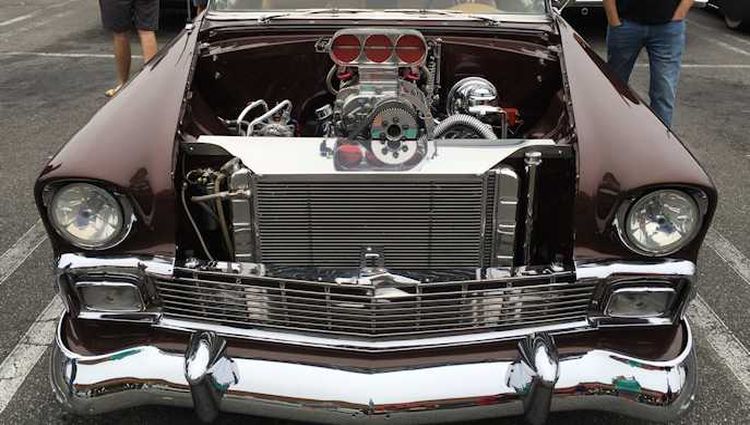
It’s amazing how much vehicle design has developed in the last 50 years. Before there was fuel injection and thermostatic fans, cars required a long time to heat up during the winter months. Aircon designed this radiator blind to keep the engine heat in and warm up faster.
Today’s cars no longer have constantly running fans, which would have run and cooled continuously so they would use these blinds to help trap in the heat. During the summer, users would detach the blinds from their automobile’s grill and take them off.
Portable Transistor AM Radio

A transistor radio that was detachable from the car’s dashboard has never been popular among automobile users. Pontiac first made this feature available in 1958 with its Sportable transistor AM radio.
The radio was housed within the vehicle’s dash, where it played through the car’s speakers and electric system. When removed and transported, the radio operated on its own batteries. You can still find a few for sale on eBay today.
Instant-Air Pump
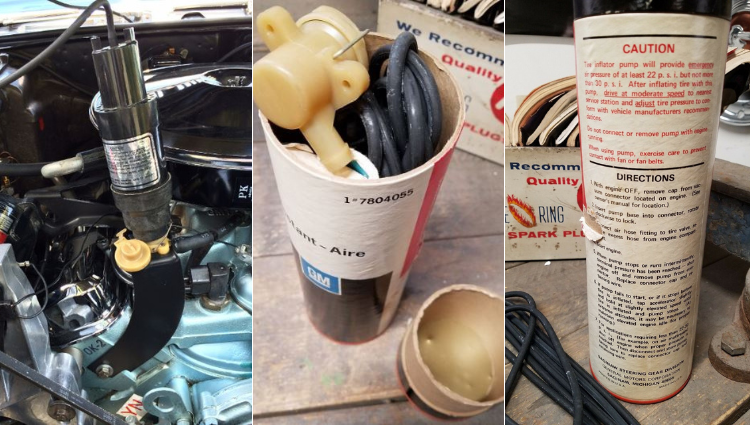
The Instant-Air Pump was a Pontiac invention in 1969. The pump would connect to a port on the engine under the hood of the car. It could be used to inflate bike tires, air mattresses, or anything else you needed for a day at the park or on the beach.
This unusual automobile accessory wasn’t available on all Pontiac models, and it’s unclear how popular it was. In today’s world, there are many portable air pumps that can be used for a variety of purposes. While the Instant-Air Pump may not be as well-known as some of the other Pontiac inventions, it was definitely ahead of its time.
Extra Fuel Tanks

When your gas light comes on, it’s always a bummer because it means you’ll have to spend money on gas once again. In some cases, people were able to fill up less frequently since they had two tanks from which to draw. Most often, this setup was installed on Ford trucks.
The gas light is usually triggered when there are about 2-3 gallons of fuel remaining in the tank. Depending on how far you plan to drive, it’s recommended to fill up before the light comes on. For Ford drivers, having an extra tank meant less frequent trips to the gas station.
Foot Dimmer Switch
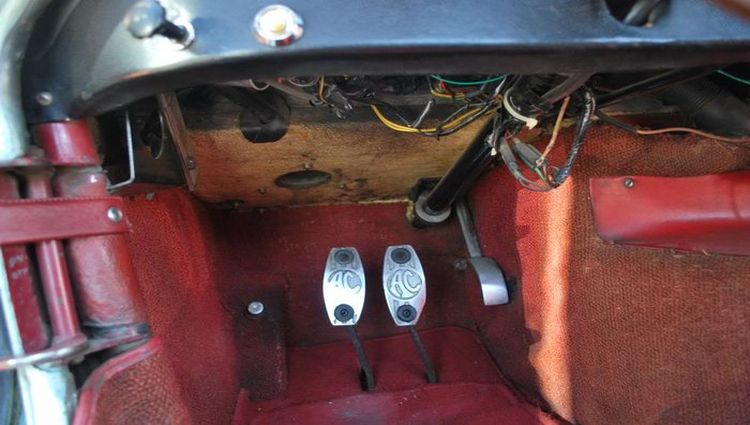
Today’s vehicle high beams include technology that adjusts automatically or switches on and off with the lever near your steering wheel. From the ’50s through the ’70s, automobiles and trucks had a switch on the dead pedal to alter this. The thinking was that keeping the driver’s hands on the wheel was a good idea.
True, it’s always a good idea to have both hands on the wheel. But with modern technology, there’s really no need for a separate switch. You can just use the lever near your steering wheel to turn your high beams on and off.
Choke
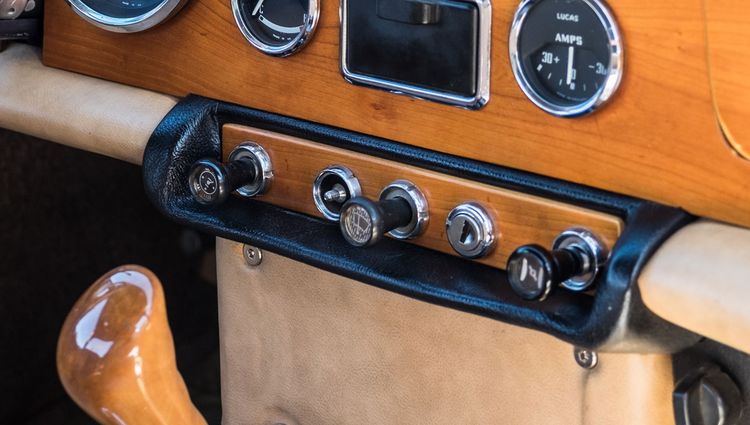
If you’re under 25, you’ve probably never heard of a choke before. It’s something that older drivers will remember, as it was essential to starting a car back in the day. A choke helps to regulate the air/fuel mixture in an engine.
It’s typically used in carbureted engines, which are less common in newer cars. However, if you’re driving an older car, chances are it has a choke. The purpose of a choke is to lean out the air/fuel mixture when starting a cold engine because a cold engine needs more fuel in order to run properly.
Folding Sunroof
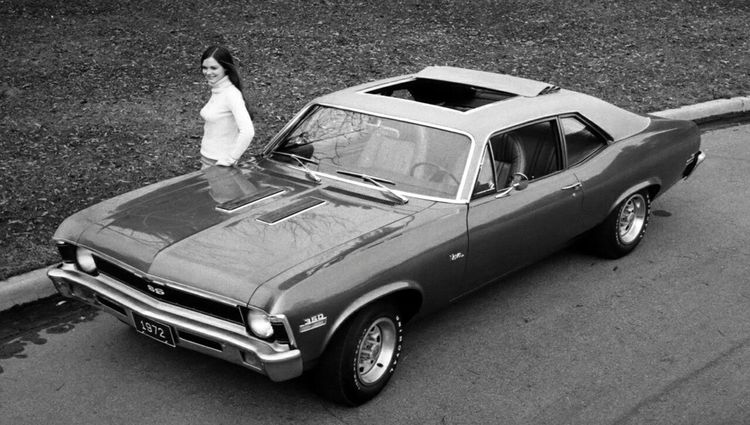
The sunroof is a movable panel that opens to uncover a window in a car’s roof, allowing fresh air and light into the vehicle. It became popular in the 1970s and was a concept invented by Pontiac. The Ventura II was produced with a vinyl sunroof that retracted and opened up the roof 25 x 32 inches.
A weatherproof, adjustable wind deflector was also built into the sunroof. Many people enjoy the look of a vinyl sunroof, as it can give a car a retro feel. However, you don’t see many of these on the roads anymore.
Record Players
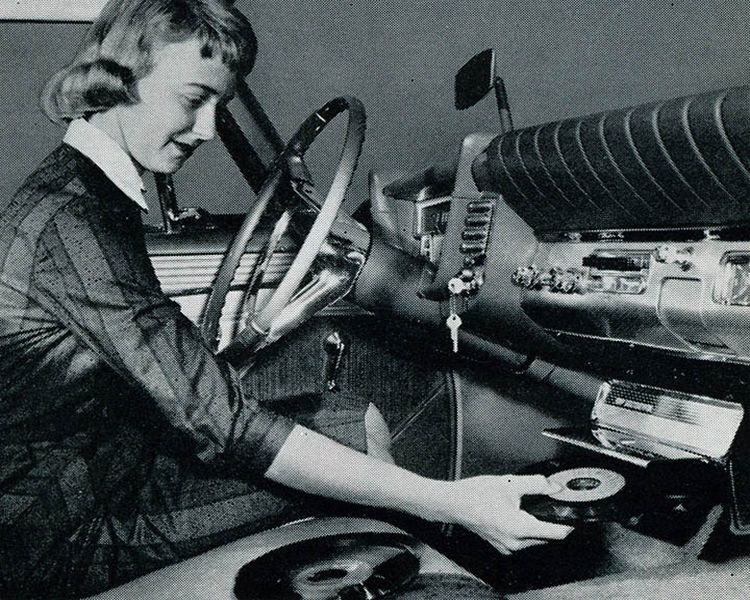
Aside from the radio, carmakers in the 1950s recognized that drivers might want to listen to their favorite music while driving. This idea wasn’t fully considered. Car record players were limited to 45 rpm singles, and they had to be rotated every three minutes in order to continue listening.
In the United States, this vehicle add-on fad was short-lived, but it persisted into the 1960s in Europe. With the advent of cassette tapes and 8-track cartridges in the 1960s, in-car music listening became more practical. These technologies allowed drivers to listen to music for hours on end.
Fender-Mounted Mirrors
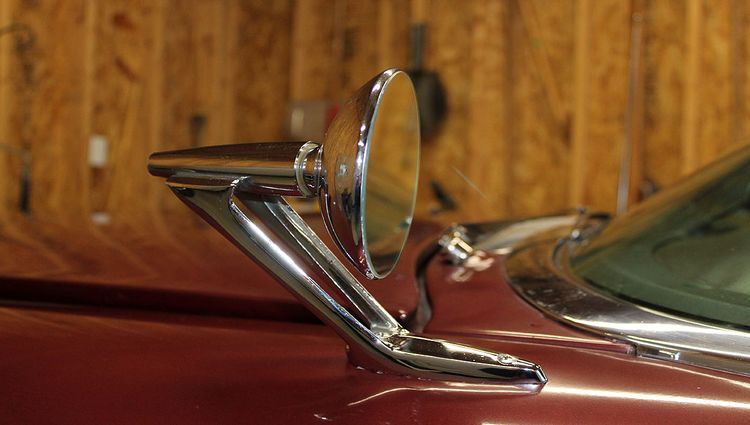
Mirrors on the hood of your vehicle eliminate blind spots and allow the driver to focus ahead rather than behind them. Side mirrors were not required until the 1960s when fender mirrors became less useful and were only used aesthetically.
Power mirrors have the ability to be adjusted by the driver while fixed mirrors cannot be moved. Most newer vehicles have power side mirrors as they provide greater visibility for the driver. Fixed mirrors are typically only found on older model cars.
Driving Gloves
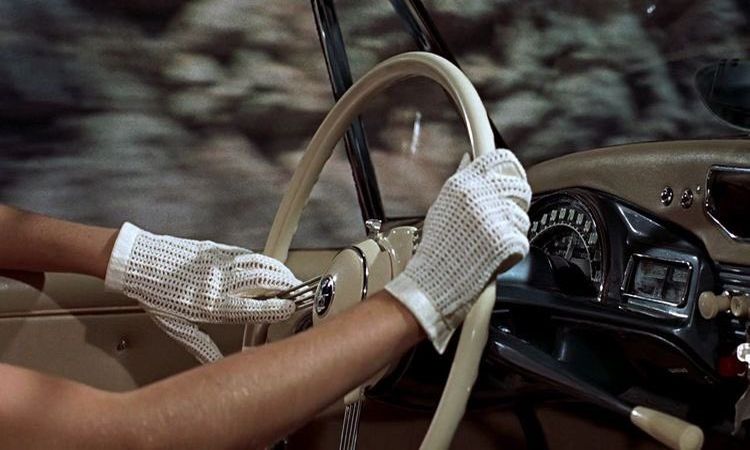
Wearing gloves behind the wheel was not unusual until the 1970s. It would be strange today if your friend put on their driving gloves before starting the engine, but that’s how it used to be. The primary reasons for wearing gloves were safety and comfort.
However, more cars had efficient heating systems and steering wheels with excellent grip in the late 1960s, making this fashion obsolete and unwanted. If you’re a lover of vintage style, you might be tempted to don a pair of driving gloves the next time you hit the open road.
Inflatable Seat Cushions
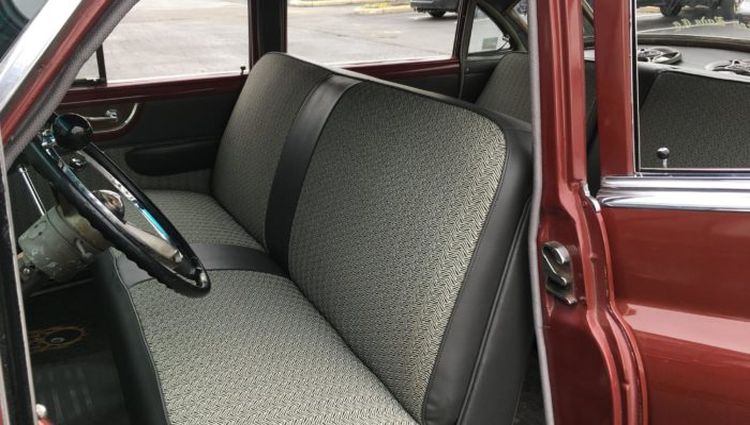
These inflatable car seat cushions were designed by Mosely, a firm located in Manchester. These inflatable seats might be useful for a traveling salesman who needed to get some rest before stops, much like the plug-in shaver.
It wasn’t a terrible concept because the cushions were custom molded to the dimensions of the seat. The Mosely company, unfortunately, did not have the foresight to make them easily deflatable. So, after a long day of driving and sitting, the salesman would have to use a bread knife to release the air from the cushion.
Round Headlights

There’s no denying that older headlights were much more stylish than what we have today. In the 70s, new federal regulations changed the round-shaped headlights to a rectangular design. The size and shape simply were not efficient enough. Then in the 80s, replaceable bulb lights came out.
Replaceable bulb lights could be used in both round and squared headlights. So while they are not extinct completely, you don’t see them very often anymore. Older headlights can start to yellow and become less bright over time, which can make it more difficult to see at night.
Coin Holders
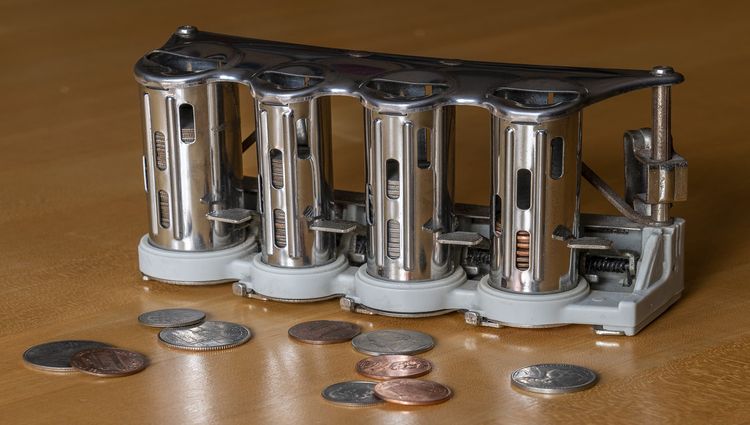
Coin holders were invented for countries with a network of toll roads, where drivers need quick access to loose change to avoid angering other commuters at the toll booth. Once the coin holder filled up with dust and remnants of Golden Wonder crisps, it was time to break out the Electrolux.
They served less of a purpose in the UK, although they did provide a useful visual indication of when your car needed to be cleaned. The coin holder was phased out in the early 2000s as part of a move to a more streamlined design for modern cars.
Ashtrays

If you remember when buses had a smoking section, you’ll likely recall the days when cars didn’t have just one but multiple ashtrays. The front ashtray would contain not only a cigarette lighter but also a handy resting spot for your Pall Mall, Marlboro, or Camel.
Today’s ashtrays are often referred to as a storage space, although manufacturers will offer you what is known as “smoker’s packs.” As the prevalence of smoking has decreased, so has the need for ashtrays in cars.
8-Track Player
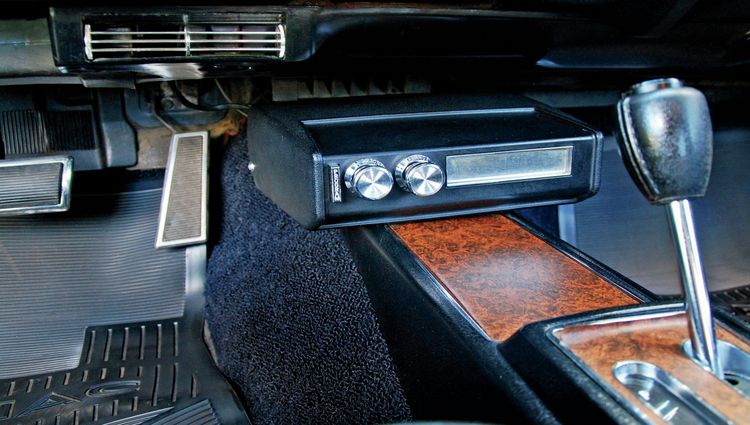
Imagine having to reach into the backseat of your car to change the radio volume or station. It looks difficult enough when you’re driving. You’d have to take one hand off the wheel, extend your arm straight back, and blindly try to fiddle with the dials.
General Motors missed the mark on the automobile add-on options offered from 1969 through 1972. The 8-track player that was housed in Pontiac’s transmission tunnel sat in the rear seat of the vehicle. For whatever reason, GM’s solution was to leave out the radio from the car’s dashboard design.
Spare Wheels
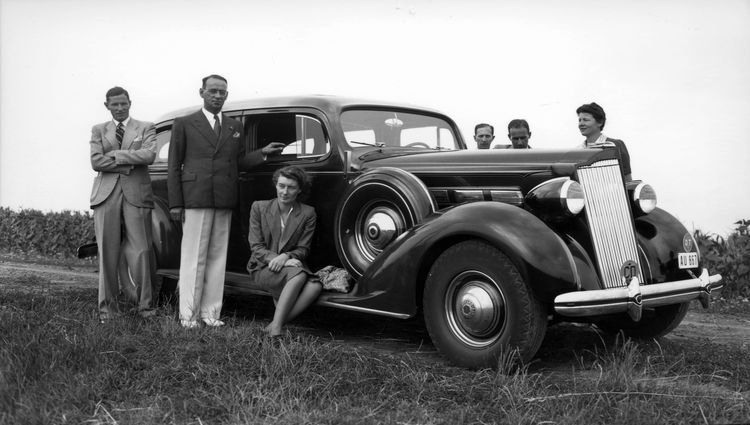
Although spare wheels seem commonplace now, they weren’t invented until 1904. They were originally stored on the sides of vehicles and dual side mounts were once very popular. Spare wheels became so useful that it wasn’t uncommon for drivers to carry two spares in their vehicles.
Unlike today, most spares are stored in the trunks of cars, under the backs of cars, or mounted to the backs of vehicles like SUVs. No matter where your spare tired is stored, it sure does make getting a flat tire way less of a nuisance, and we are all grateful for that.
Vinyl Roofs
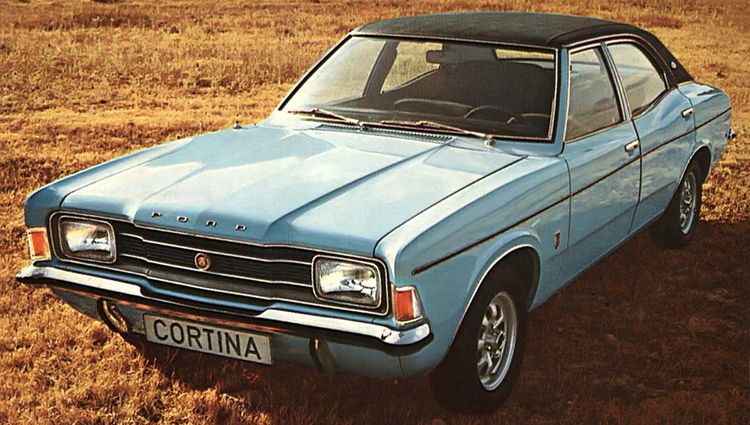
Vinyl roofs were a must-have accessory for the man on the up. If your neighbor arrived in a car with a layer of vinyl on the roof, you knew he was doing well at work and could probably afford extras like vacations and nights out.
The Ford Cortina looked magnificent with its black vinyl roof. It was also a status symbol because it was British. At the time, Britain was still considered to be a major player on the global stage, and its products were highly sought after.
Exterior Sun Visors
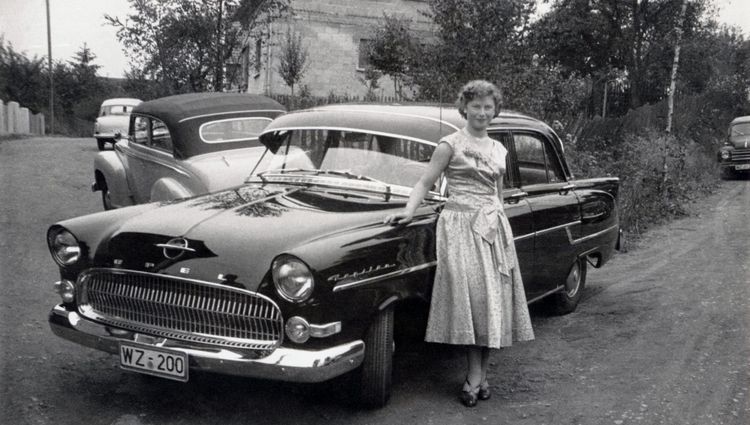
Automobile designers implemented exterior sun visors as early as 1939. Today, interior sun visors are a standard feature in most vehicles. Almost every car and truck is outfitted with sun visors that the driver and front passenger may lower to block the sun.
Some drivers referred to exterior sun visors as “canopies,” while others called them “awnings.” The devices were an optional extra for several automobile producers, including Ford and Vauxhall. Many classic car enthusiasts like to sport them nowadays.
Vacuum Cleaners
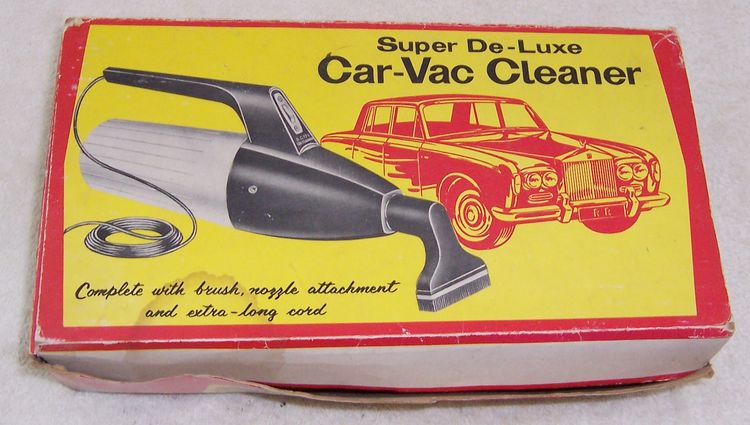
A vacuum cleaner made specifically for your automobile by the manufacturer is no longer an option at the dealership. After all, you don’t want to get your new vehicle’s interior dirty, now do you? In the 1950s and 1960s, car owners took pleasure in keeping their cars clean.
What would a prospective partner think of you if you arrived to pick her up in a filthy automobile? That’s why the industry came up with a solution to this problem and created the first car vacuum. The first car vacuums were large, unwieldy contraptions that had to be plugged into the cigarette lighter.
Rear Window Louvers
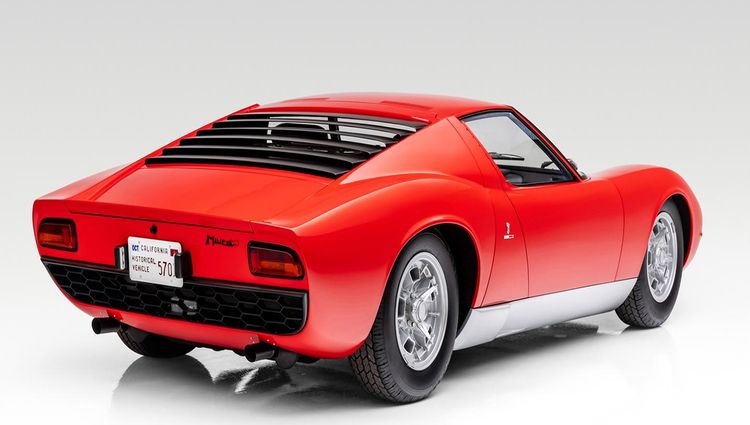
Lamborghini was the first car company to put rear window louvers on their vehicles, which caused a surge in popularity for the feature and led many people to want them installed onto their more common cars. However, after a while, the trend died down, though there are still kits available for purchase.
Lamborghini has continued to use louvers on some of its newer models like the Aventador SVJ. The theory behind rear window louvers is that they’re aerodynamic. By deflecting airflow up and over the back of the car, they aid stability and reduce drag.
Picnic Sets
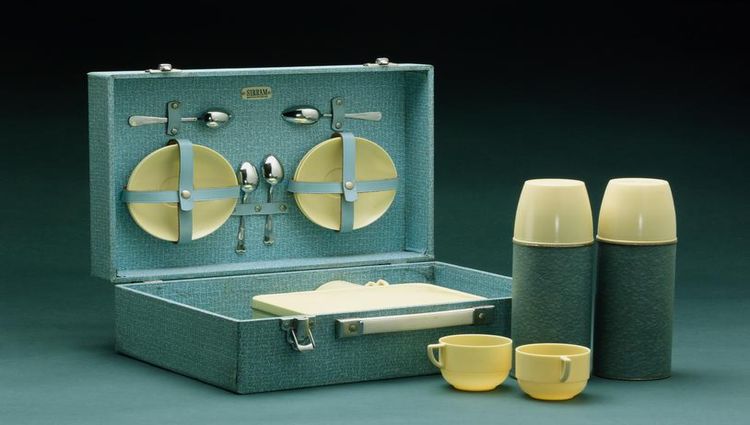
In the 1960s, driving around on weekends was a pleasurable and relaxing pastime for individuals of all ages. Couples, friends, or families could bundle up in the car and hit the road after seeing the sights. It was typical to discover a park or a meadow in which to put up a picnic afterward.
Select automobile models included a picnic basket created by the manufacturer that had everything you would need for an enjoyable afternoon outside. Today, we’re rediscovering the joys of road trips and picnics. We may not have the same cars, but we can still find ways to make our outings memorable.
Fluffy Dice

According to folklore, World War II pilots would carry a pair of dice for good luck – and perhaps as a sobering reminder that every flight was a life-or-death ‘roll of the dice.’ If you need a more unique way to show your personality, hang something that reflects your interests.
After the war, the custom was adopted by the hot rod and street racing fraternity, then spread to popular culture – with the dice becoming a fluffy accessory to hang from your rear-view mirror. Today, fluffy dice are more kitsch than cool. But they still add a bit of personality to your car.
Manual Features
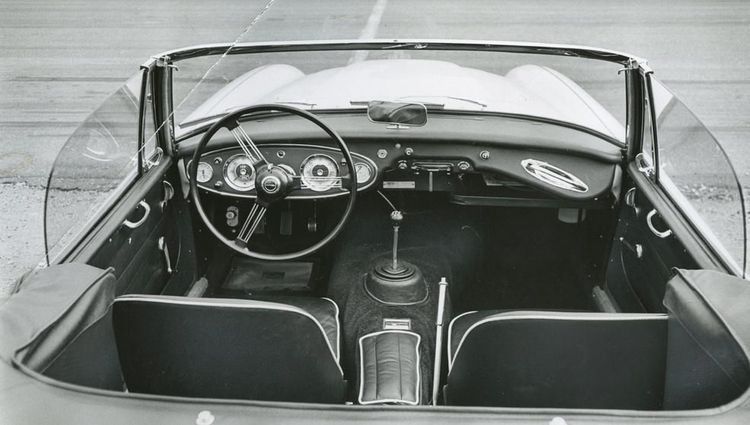
The older the car, the more likely it is to have a manual gearbox that transfers its engine power to the wheels. You already know why manuals are better; they’re more enjoyable and engaging to drive and act as a great deterrent for would-be thieves in America.
Of course, modern automatic automobiles are faster, slicker, and more efficient than manual cars, which is why new car buyers are choosing the former more regularly nowadays. However, manual cars are still the norm in places like Europe.
Nodding Dogs
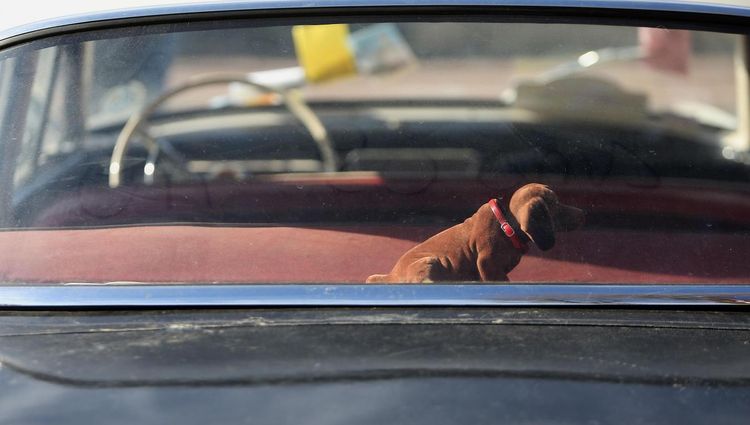
Though they may be nostalgic, it’s actually not a good idea to have a bobblehead pet attached to your dashboard. However, the jarring motion on today’s bumpy roads could cause the head to fly off and get lodged under the brake pedal, leading to an accident.
Instead of a bobblehead, try a dashboard car mount for your smartphone. You can use it to follow GPS directions and even take hands-free calls. Not only is it safer, but it’s also more convenient. If you’re still set on having a bobblehead pet in your car, ensure the bobblehead is well fastened.
Spacious Trunks
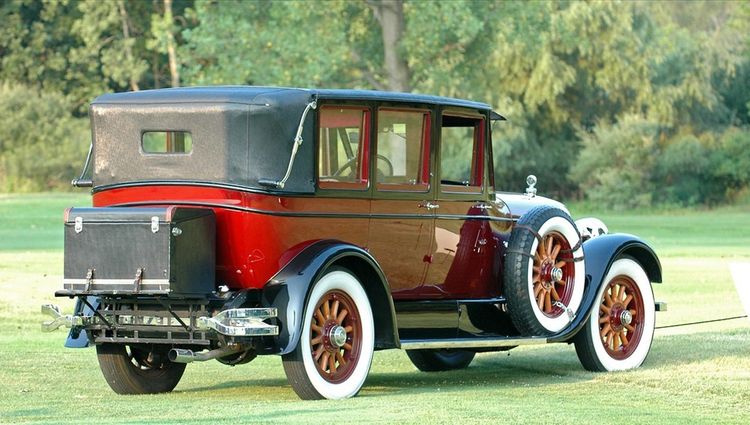
Cars have evolved considerably in terms of design, performance, and features over the years. One disadvantage they may suffer from is a lack of storage space in their frequently tiny trunks. Because some models are so streamlined and all about aerodynamics, they give little to no storage capacity.
This can be a problem for those who frequently travel with larger items or need to transport a lot of gear. It is not always possible or convenient to leave things behind or in the care of someone else. That’s where car top carriers come in handy. These devices attach to the roof of your vehicle.
GM’s Hatchback Tent
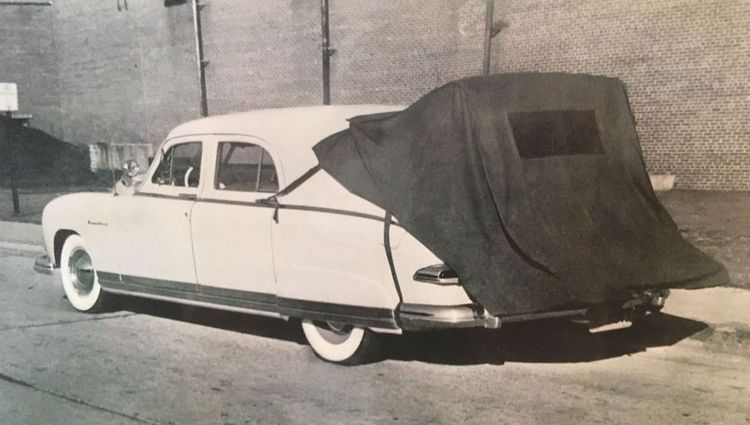
In the mid-1970s, GM developed the concept of a hatchback tent design and implemented it across Oldsmobile, Pontiac, and Chevrolet models. In the 1970s, as more Americans went camping in nature, the idea was to provide an inexpensive camping alternative for couples and families on a budget.
The hatchback hutch feature was an add-on option that could be ordered when ordering the car. The Chevrolet Nova, Oldsmobile Omega, Pontiac Ventura, and Buick Apollo were all offered with “Hatchback Hutch.” The Nova, Omega, and Ventura were all based on the Chevrolet Vega platform.
Front Seat Mini Table
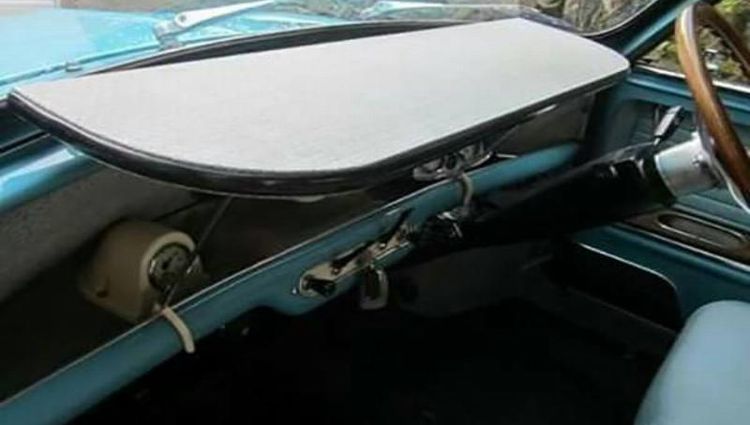
Have you ever been in your car and wished you had a table? Brexton thought this may be an issue for drivers, so he created a vehicle table accessory. It locks onto your dash and expands out to allow you to… do anything. This is one of the more silly and superfluous vintage automobile add-ons imaginable.
This table is made of metal and plastic and was produced in the 1970s. It is adjustable to fit most car dashes. The table has a locking mechanism to keep it in place while driving. It is also foldable for easy storage.
Vinyl Car Covers
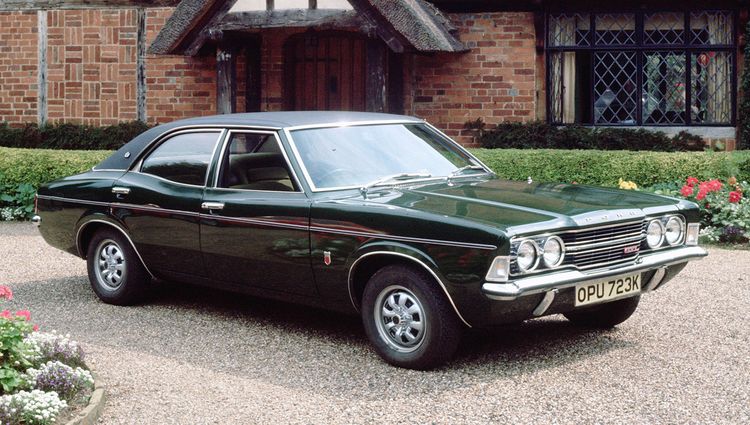
For a few years in the 1960s, General Motors convertibles were available with this vinyl tonneau cover. It was designed to keep the car’s interior clean and dust-free while the driver was behind the wheel. The cover was secured by snaps that connected it to various parts of the convertible.
A zipper on the driver’s side may be opened to divide it into separate compartments. There’s no mystery as to why this automobile accessory didn’t survive for long. It was cumbersome and somewhat difficult to install. Plus, it didn’t do a very good job of keeping the interior clean.
Sit-Rite BackRest
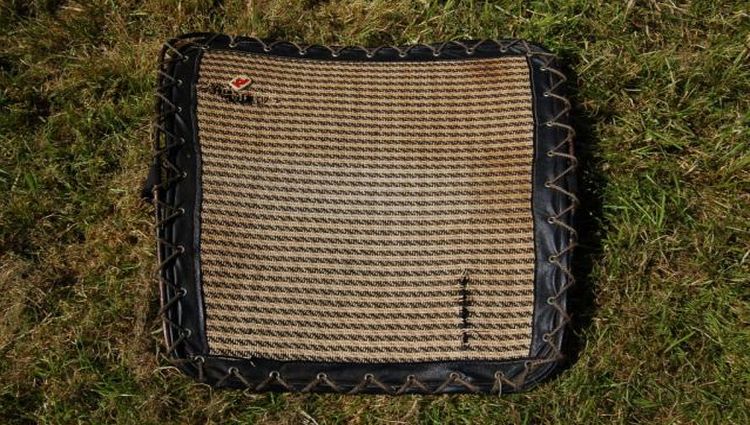
This Sit-Rite BackRest, designed by KL, was a vintage automobile comfort item. It was supposed to help with tiredness and discomfort on extended vehicle journeys, whether for the driver or a passenger. For simple usage or removal, the BackRest clipped onto the seat.
Since car seats didn’t have the sort of lumbar support and cushioning we have today, it makes sense that a business would promote these in the 1950s and 1960s. Sit-Rite Back Rests were made of a firm but comfortable plastic and had a ribbed surface for added support.
Rain Gutters
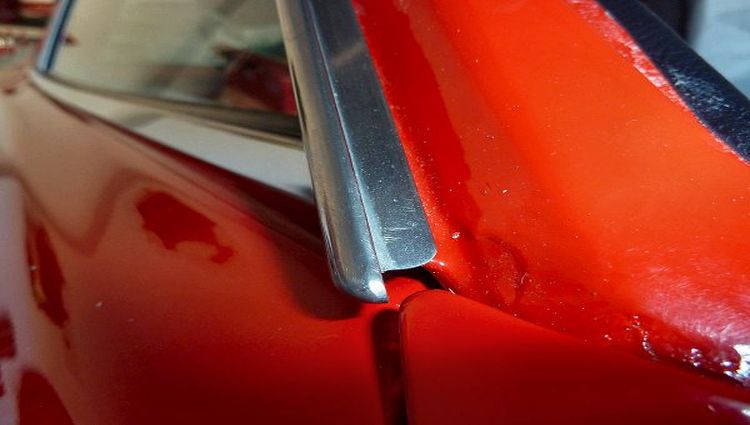
Rain gutters, sometimes known as drip rails, are long tubes that prevent water or melting ice from landing on your seat or head. They’re placed near the windows on your vehicle’s doors. The removal of rain gutters in the mid-80s was done to make automobiles appear better and avoid rust problems.
If you don’t have rain gutters, water can still enter your car through the door and window seals. In cold weather, this water can freeze and cause damage to your doors, windows, and interior. Installing rain gutters is a fairly easy process that can be completed in a few hours.
Folding Garage
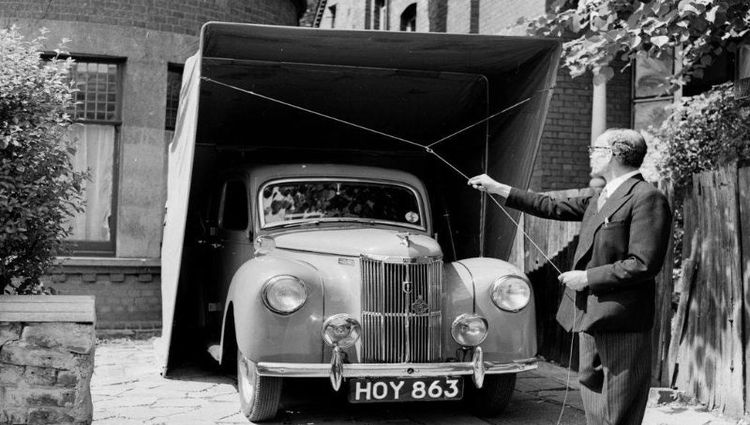
Some motorists in the 1950s and 1960s decided to buy a folding garage to cover and protect their vehicles while still living in their homes. Not as many people had garages during that era, so this was an option for keeping their prized automobiles in good shape.
According to one of F.T. Keable & Sons’ vintage advertisements, they developed a “water-proofed, lightweight, and easily carried” portable garage that was “built in seven distinct sizes.” It was so simple that “a child can manage it.”
Anti-Static Strips
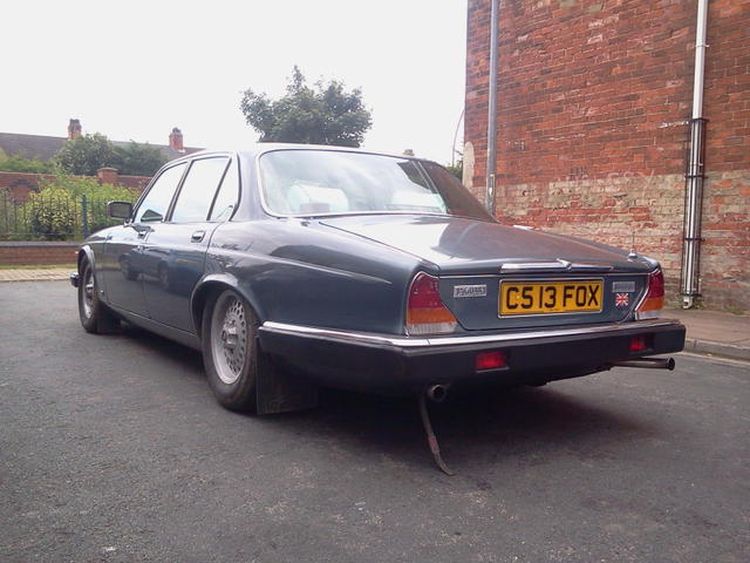
A car door strip, also known as an anti-static strip, is a device that is designed to reduce static buildup on your car door and reduce radio interference. The device is made up of a strip of rubber or plastic that is attached to the top of your car door.
The strip works by allowing static electricity to flow from the top of the door to the ground, thereby reducing the potential for static buildup. Former Top Gear presenter Tony Mason was fined £1,000 by Trading Standards for selling rubber strips that didn’t work in the 1980s.
Radio Telephone
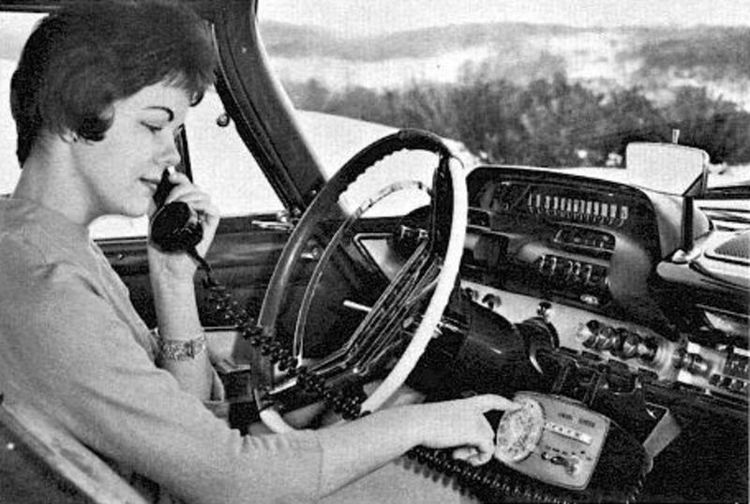
A radio telephone was available in select automobiles before there were mobile phones. In London, the first was introduced in 1959. The fad persisted throughout the 1960s. Each motorist had their own personalized phone number, and the phones were attached to the vehicle’s dash.
This system was not without its faults. The main one was that the phone could only be used when the vehicle was stationary. If a driver wanted to make a call while in motion, they would have to pull over to the side of the road.
Extra Dials
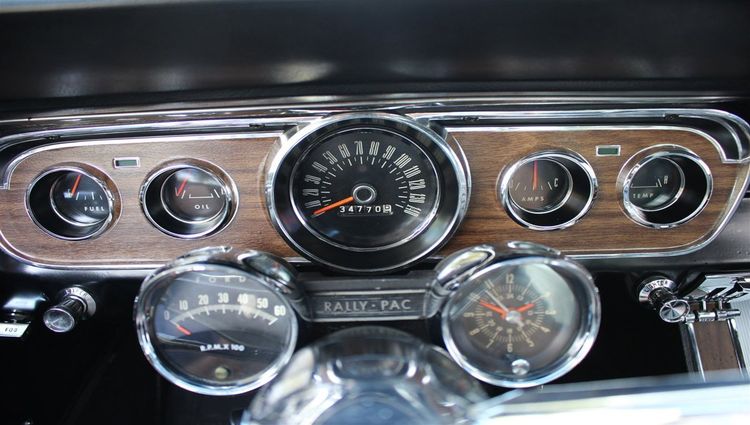
In the 1950s and 1960s, automobile breakdowns were far more common. Gauges didn’t always work correctly, and some cars had electrical issues. The dials would generally peter out long before other components on the vehicle.
That’s why some vehicles included the option of purchasing extra dials. Car owners could replace a faulty dial with a new one in their garage using this method rather than taking it to a repair shop. Nowadays, cars are built with more reliable electrical systems.
Tissue Box

In the late 1970s, GM began considering other gadgets that could be included in automobiles to make drivers more comfortable. In the mid-1970s, certain Pontiac and Chevrolet models had a tissue dispenser as an accessory choice. But this wasn’t just any tissue box.
These aluminum tissue boxes were produced with the automaker’s logo on them so as not to detract from the interior design of the vehicle. This item might have been a must-have for certain drivers while others would have seen this tissue dispenser as frivolous.
Self-Moving Seatbelts

It may be the difference between life and death to wear a seatbelt. If you’re involved in a collision while not wearing a seatbelt, you can be ejected from the vehicle. And even if you’re not ejected, you’re still more likely to be injured if you’re not wearing a seatbelt.
When you opened your car door in the 90s, the upper shoulder strap would slide down the roofline, allowing you to sit down. You could then buckle yourself in and go on your journey. In 1998, vehicles were required by law to have airbags which marked the end of these self-moving seatbelts.
Audible Turn Signals

Flashing turn signals began appearing in automobiles in the late 1930s. Buick was the first car manufacturer to add this new technology to their vehicles. The sound was added so drivers wouldn’t forget to turn off their signals once they had made their turn or changed lanes.
Some people find the beeping sound to be a helpful reminder to stay alert while driving. If you’re feeling drowsy or distracted, keeping your turn signal on can help you stay focused on the road. But this may be distracting to the drivers behind you.
Actual Keys
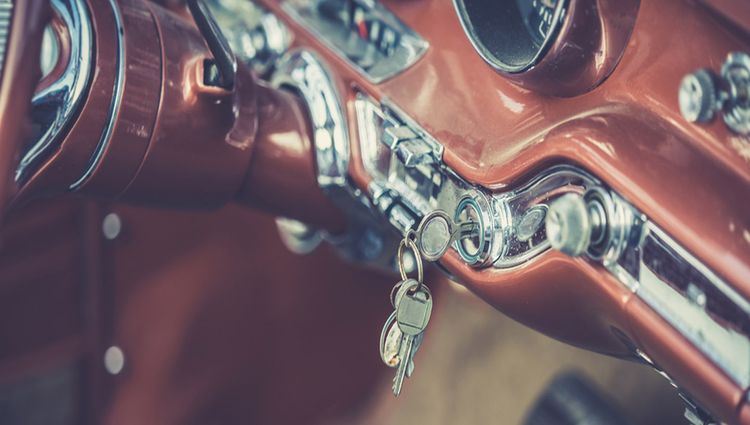
We once had keys that looked like keys, but now we are accustomed to anything other than that. These days, there’s no need to insert your key into anything to start your automobile; all you have to do is carry a fob with you.
Today’s vehicles also use numbered passcodes that are not only used to unlock your car; they can also be used to start it. if you lock your vehicle with a passcode and forget it, there is no need to call a locksmith or tow truck; you can just enter your emergency code and be on your way.
